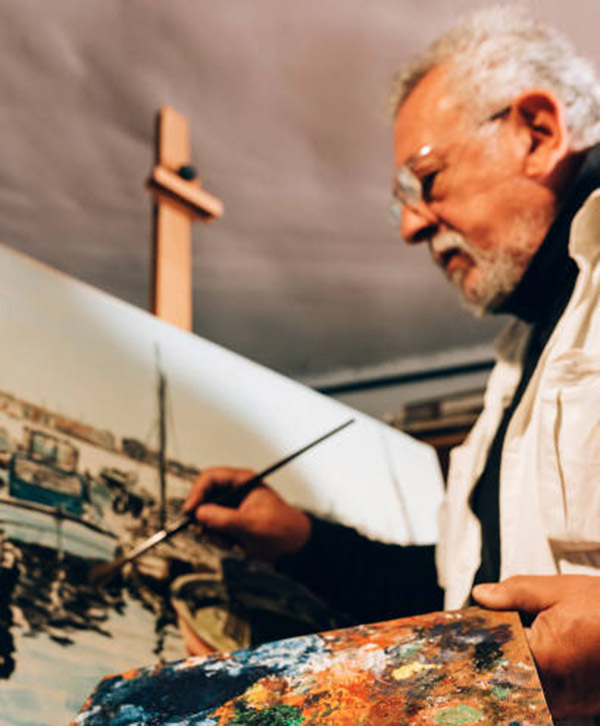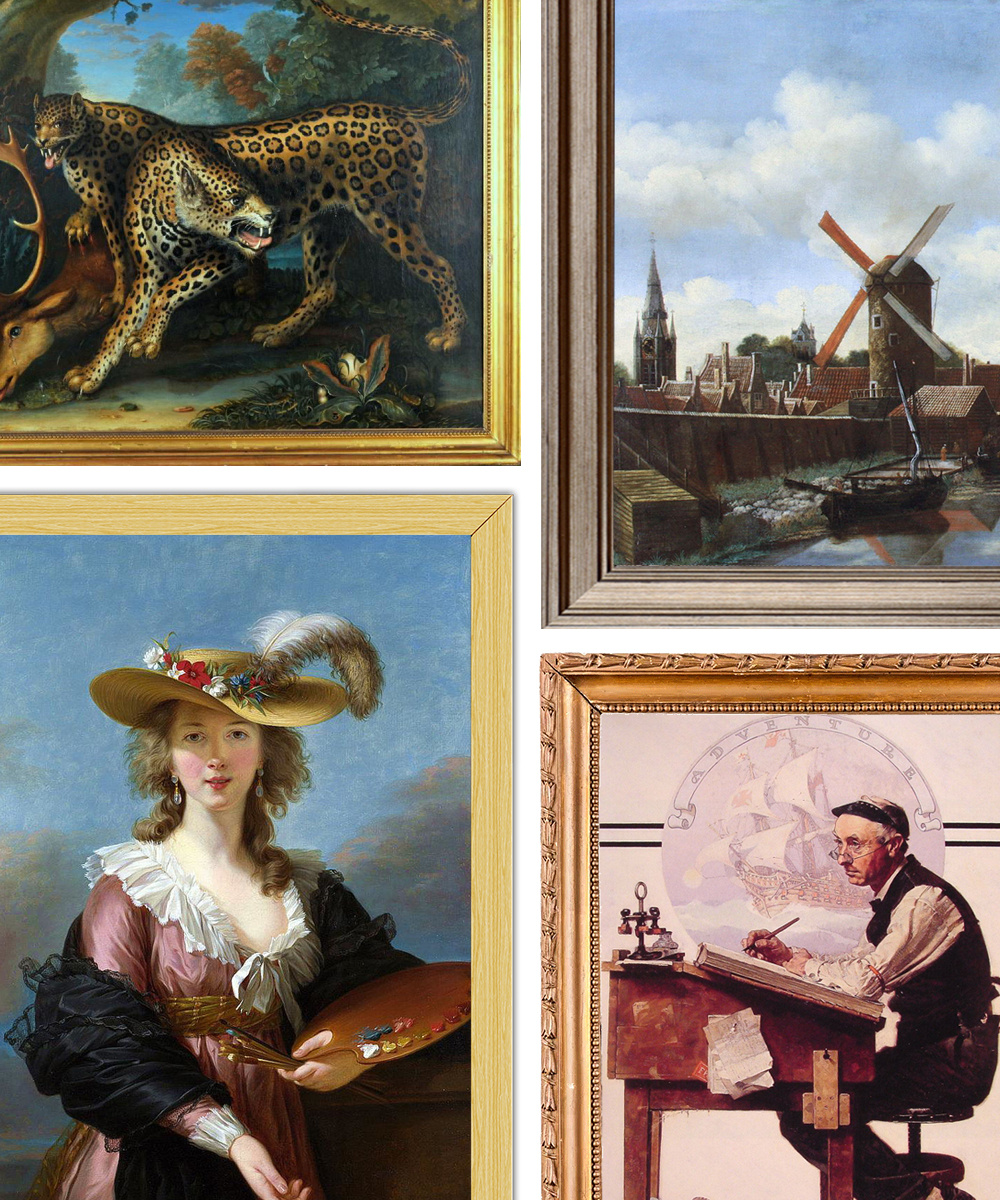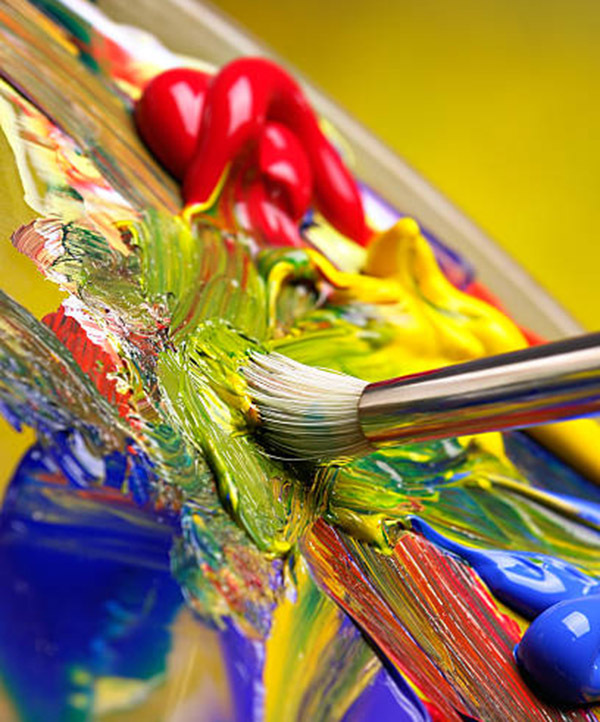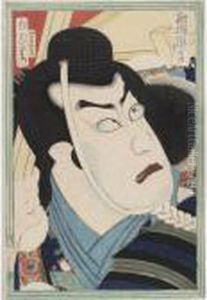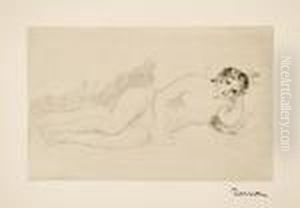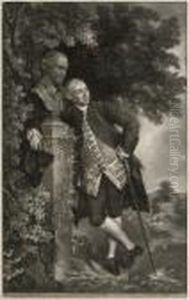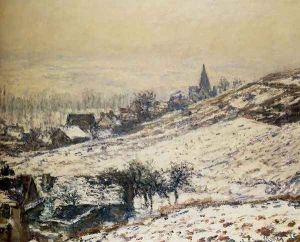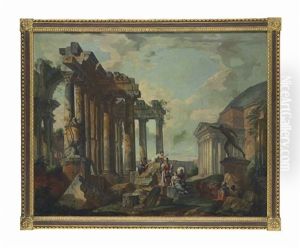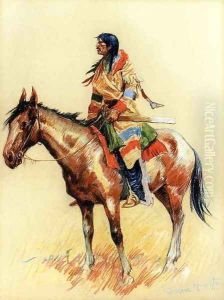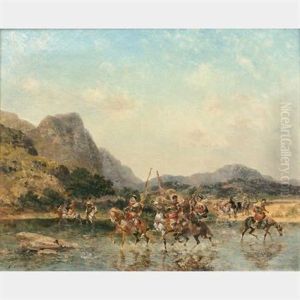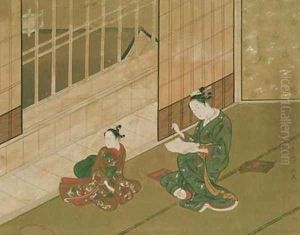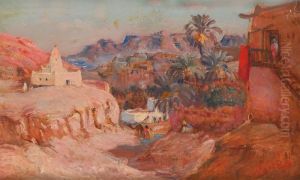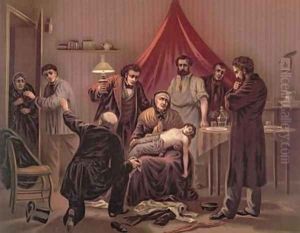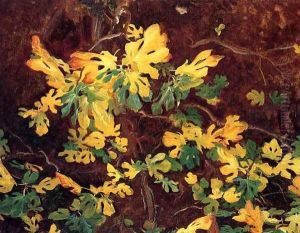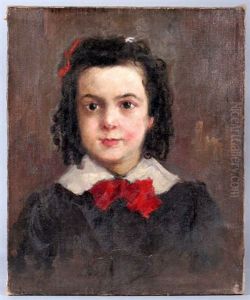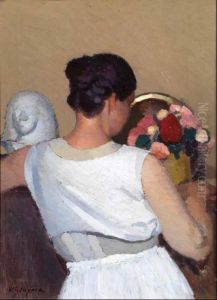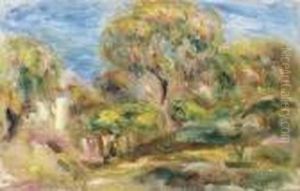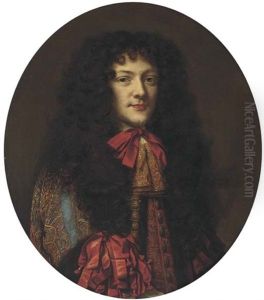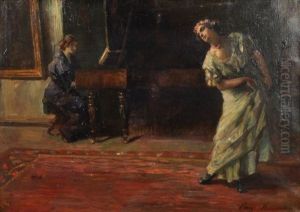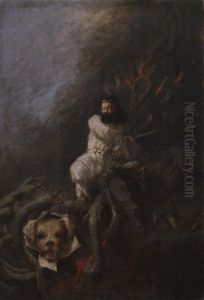





Study for Susanoo-no-mikoto Killing Eight-Headed Serpent
-
About Reproduction
Discover the allure of art with our faithful reproduction of "Study for Susanoo-no-mikoto Killing Eight-Headed Serpent", originally brought to life by the talented Harada Naojiro. Unlike posters or prints, our hand-painted oil painting breathes an unique sense of depth and texture into your space. Every detail, every stroke, and every texture is meticulously recreated, paying the perfect homage to Harada Naojiro and his artistic vision.
Owning this piece is more than just decoration - it's a statement of your refined taste in art. Let the vibrant colors and intricate details of this replica serve as a daily reminder of the beauty in our world. Elevate your decor and appreciate the richness of art with our replica of this masterpiece.
-
Painting Description
"Study for Susanoo-no-mikoto Killing Eight-Headed Serpent" is a notable work by the Japanese artist Harada Naojiro, created during the Meiji period. Harada, an influential figure in the development of Western-style painting (yōga) in Japan, was known for his ability to blend traditional Japanese themes with Western techniques.
This particular study depicts the legendary scene from Japanese mythology where the Shinto god Susanoo-no-mikoto slays the fearsome eight-headed serpent, Yamata no Orochi. The myth is a classic tale from the Kojiki, one of Japan's oldest historical records, and it symbolizes the triumph of good over evil. Harada's interpretation captures the drama and intensity of the moment, showcasing his skill in rendering dynamic movement and emotion.
Harada Naojiro was trained in Western art techniques, which is evident in his use of perspective, shading, and anatomical accuracy. These elements are combined with traditional Japanese motifs, creating a unique fusion that characterizes much of his work. The study serves as a preparatory work, providing insight into Harada's process and his approach to composition and detail.
The painting reflects the broader cultural shifts occurring in Japan during the Meiji era, a time when the country was rapidly modernizing and opening up to Western influences. Artists like Harada played a crucial role in this cultural exchange, helping to redefine Japanese art by integrating new styles and ideas.
"Study for Susanoo-no-mikoto Killing Eight-Headed Serpent" is an important piece that not only highlights Harada's artistic talents but also serves as a testament to the dynamic cultural transformations of the period. It remains a significant work for those interested in the intersection of traditional Japanese art and Western influences.
-
Lead Time & Shipping
When you order this oil painting replica, it typically takes 2-3 weeks to paint. If the artwork is more complex, it might need a little more time to ensure the best quality. Once it's ready, we'll send you a photo for your approval. After you give the green light, we'll ship it to you for free.
-
Return & Refund
We believe in the quality of our hand-painted oil painting reproductions, and your satisfaction is our priority. If for any reason, you are not completely satisfied with your purchase, we offer a 45-day return policy. You can return your artwork within 45 days of receipt and receive a full refund. Please note that the artwork must be returned in the original packaging and in the same condition as it was received.

